 Date: 2005-03-30 11:28:02Phyla Protostome Tamarix Honey bee pheromones Beetle Odor Biological pest control Insect Agricultural Research Service Chrysomelidae Zoology Diorhabda elongata | |  Tracking an Attacker— of Saltcedar onitoring an introduced leafbeetle’s attacks on saltcedar could become an easier task now that scientists have synthesized the beneficial insect’s chemical attractant, or pheromo Tracking an Attacker— of Saltcedar onitoring an introduced leafbeetle’s attacks on saltcedar could become an easier task now that scientists have synthesized the beneficial insect’s chemical attractant, or pheromo
Add to Reading ListSource URL: www.ars.usda.govDownload Document from Source Website File Size: 237,09 KBShare Document on Facebook
|

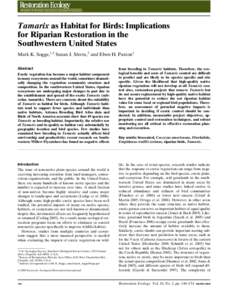
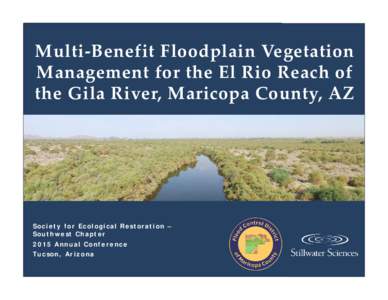
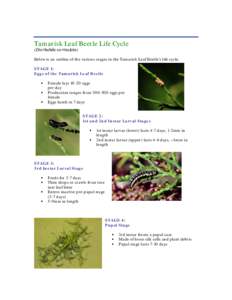
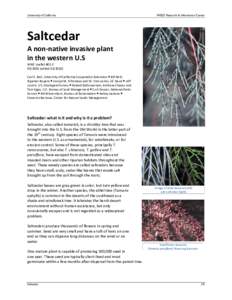
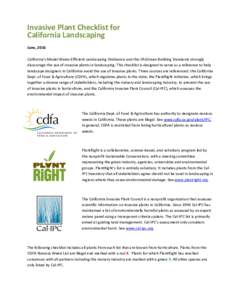
 Tracking an Attacker— of Saltcedar onitoring an introduced leafbeetle’s attacks on saltcedar could become an easier task now that scientists have synthesized the beneficial insect’s chemical attractant, or pheromo
Tracking an Attacker— of Saltcedar onitoring an introduced leafbeetle’s attacks on saltcedar could become an easier task now that scientists have synthesized the beneficial insect’s chemical attractant, or pheromo